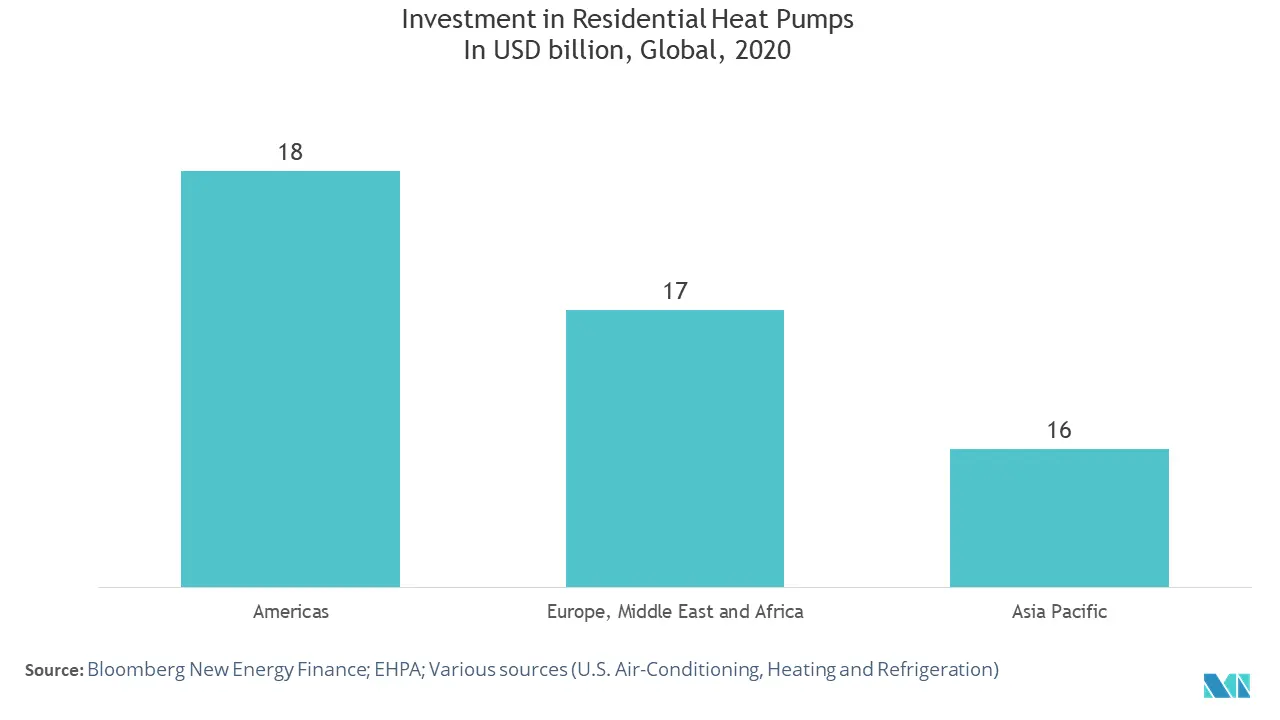Market Trends of North America Energy Management Systems Industry
This section covers the major market trends shaping the North America Energy Management Systems Market according to our research experts:
BEMS is Driving the Growth of the Market
- Building energy management systems include products and services that monitor, control, or analyze energy. Primary products include utility demand response programs, office automation services, personal energy management, data analysis and visualization, auditing, and related security services.
- Analog and digital input signals indicate the temperature, humidity, etc., of the buildings. BEMS are crucial factors for controlling energy demands in large, complicated buildings, and multi-building sites
- According to the US Department of Energy, the buildings sector accounted for about 76% of the electricity used, resulting in a considerable amount of associated greenhouse gas (GHG) emissions, thereby making it necessary to reduce energy consumption in buildings to comply with the national energy and environmental challenges and decrease costs to building owners and tenants.
- According to NRCan, in Canada, over 81% of emissions come from energy. Canadians use more energy because of extreme temperatures, vast landscape, and dispersed population. The challenges of transitioning to a lower-carbon energy system are numerous. Still, they also present opportunities for Canada to be a global leader by supporting innovative technologies in the power and energy sector, including promoting growing renewables and cleantech sectors and consequently fuelling the market.
- The share of fossil fuel use in the buildings sector energy demand decreased slightly to around 36%. Furthermore, following these efforts toward executing the SDS initiative, the building sector’s CO2 emissions are expected to drop to 8.852 GtCO2 by the end of 2020

United States Expected to Witness Significant Market Share
- The energy management systems market in the United States region remains to be a significant market as commercial, residential, and industrial consumers continue to drive adoption in order to realize energy savings. The US is currently ranked as the second-largest consumer of electricity after China.
- Moreover, several key federal policy directives, rising energy costs, stringent regulations concerning greenhouse gas emissions, are major factors driving the demand for energy-efficient measures.
- Therefore, the country is increasingly optimizing the use of renewable energy sources. The electricity generation from renewable energy sources in the country rose from 11,527 to 11,777 Trillion Btu in 2020, according to the Energy Information Administration.
- Furthermore, Forbes reported that in the United States, data centers use more than 90 billion kilowatt-hours of electricity a year, requiring roughly 34 giant (500-megawatt) coal-powered plants. The country is also witnessing a rise in the new data center projects.
- Owing to this, the country is witnessing several investments in maintaining energy efficiency across data centers. This has made the Federal Energy Management Program (FEMP) to encourage organizations to improve data center energy efficiency.

